This is a collection of lessons in codicology – the study of handwritten documents or codices - and palaeography from the Muslim world. The lessons will guide you through the ways books were made and used there before the printing press, by investigating the traces left by producers, owners and readers of manuscripts. Using your mouse, you will come close to people in the manuscript age as they produced, transmitted, cherished and “consumed” the written texts.
The lessons are centered around fully digitalised manuscripts from the oriental collection of Leiden University Libraries. They include samples in Arabic, Persian and Coptic, from cultures ranging from the Maghrib to Mughal India. The lessons can be read in any order. All include suggestions for further reading and questions (with answers) or assignments.
Lessons
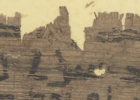
Papyrus fragment – of what?
Lesson 1 Papyrus was made exclusively in Egypt, where the papyrus plant grows. But it was used thr...
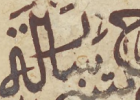
Arabic before print: dots, vowels and hamzas
Lesson 2 Thanks to the endeavours of early Arabic grammarians, the written Arabic language was larg...

Quires and quire signatures
Lesson 3 A codex is produced by binding together a number of quires (pl. karārīs, sg kurrās). Quire...

Parchment and recollection (Coptic)
Lesson 4 Parchment was used as a carrier for text in the eastern Mediterranean region since Antiqu...

Perfect compilation (Coptic)
Lesson 5 Many skills were needed to make a book of exceptional quality. The parchment or paper had ...
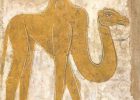
"Mouvance" or a fair draft
Lesson 6 The words kāna al-farāgh min bayḍa (or mubayyaḍa) in a colophon are usually translated as...

Damage and protection
Lesson 7 Books are vulnerable. Most codices are made of paper, which is light and flexible, but al...
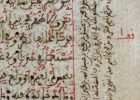
Lecture marks in a legal manual
Lesson 8 In the manuscript age, writers and readers had to develop particular techniques to make th...
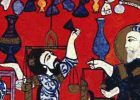
Engagement notes in a pharmacist's manual
Lesson 9 In the Arabic tradition, owners (and even borrowers) of codices often added notes not onl...
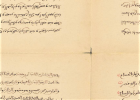
Imposition: writing on undivided quadrifolia
Lesson 10 Once in a while, you will come across an old printed book in which the pages still need to...
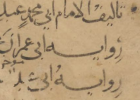
Transmission
Lesson 11 In the first centuries of Islam, the transmission of knowledge was predominantly oral. Kno...
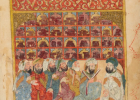
The Oral Book
Lesson 12 Early hadith scholars were skeptical of books. They cherished the oral origins of their di...
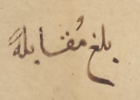
Collation
Lesson 13 The physical production of a new copy of a book in the Manuscript Age could occur in sever...
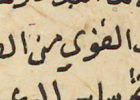
Manuscript variations and scribal errors
Lesson 14 From amongst the hundreds of thousands of Arabic manuscripts surviving today, only very f...
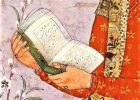
Ownership notes in imperial Mughal codices
Lesson 15 Notes of ownership or tamalluk, often on the flyleaf of a codex, show us in the first plac...
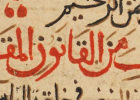
The trajectory of "The Canon of Medicine"
Lesson 16 In manuscript cultures textual knowledge was transmitted over centuries by the copying lab...
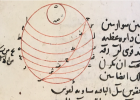
Notes on astronomy
Lesson 17 Astronomy in the Arabic world has a long history of study, and so it is not uncommon for m...
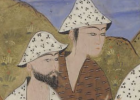
Authenticity and the Shāhnāma (Persian)
Lesson 18 The Shāhnāma or Book of Kings by Manṣūr Abū al-Qāsim Firdawsī Ṭūsī narrates the legendary ...
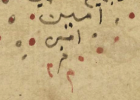
Colophon
Lesson 19 Colophon is our word for the information written down by a scribe or copyist in the Arabi...
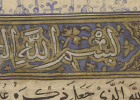
Arabic script and iconography
Lesson 20 The relationship between Muslim-world artists and the depiction of animate beings is well...
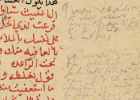
European readers of Arabic manuscripts
Lesson 21 As compact, readily-movable objects, books can have wide-ranging, itinerant lives. And gi...
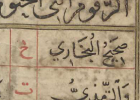
Manuscript quotation practices
Lesson 22 Pre-modern Arabic writing was particularly attuned to issues of authenticity. Perhaps it ...
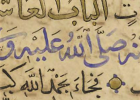
A portable book of prayer
Lesson 23 The lessons of this online course are meant as an introduction to “the real thing”. One o...
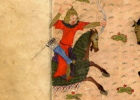
Illustration in the Shāhnāma tradition (Persian)
Lesson 24 The Shāhnāma or Book of Kings by Manṣūr Abū al-Qāsim Firdawsī Ṭūsī narrates the legendary ...

HIJAZI - Palaeography EXERCISE
Lesson 50 ‘Ḥijāzī script’ is a script style used for the oldest Arabic texts preserved. Despite its ...

NASKH - Palaeography EXERCISE
Lesson 51 Naskh literally means ‘copying’; the related noun nāsikh (or nassākh) connotes a ‘copyist’...
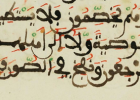
MAGHRIBI - Palaeography EXERCISE
Lesson 52 The Maghribi script has developed from the Kufic script, or more precisely from the formal...

NASTA'LIQ Palaeography EXERCISE
Lesson 53 The term nastaʿlīq is a contraction of two terms for calligraphic styles in Persian writin...
Following soon
Lesson 54 Read more...

No comments:
Post a Comment